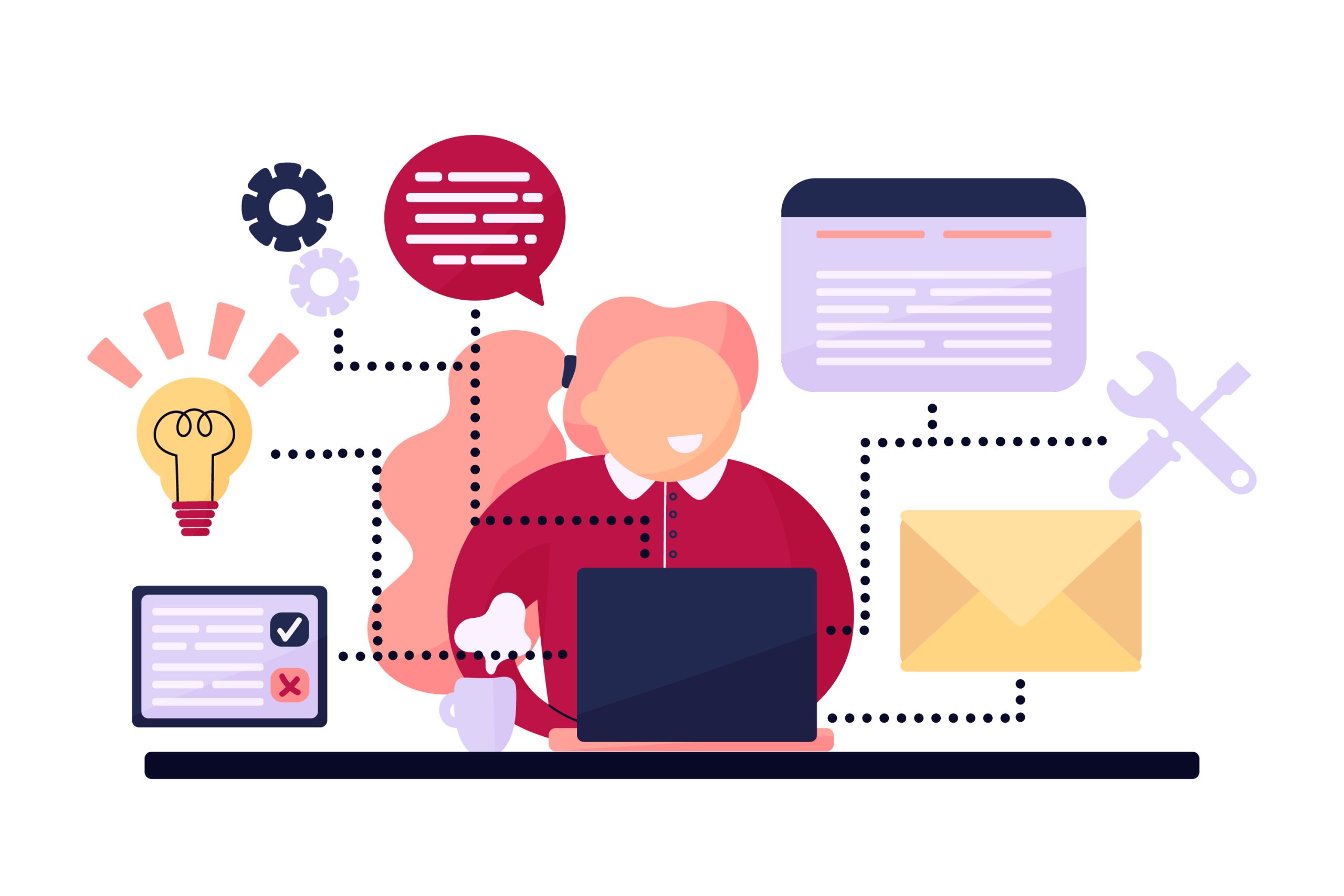End User Computing (EUC) and Employee Experience (EX) are two terms that have become increasingly important in the modern workplace. EUC refers to the use of technology by end-users or employees to perform their job functions, while EX focuses on employees’ overall experience in their work environment. In this blog, we will discuss the significance of EUC and EX and how they are interconnected.
What Does Mean By End User Computing?
End User Computing refers to the use of technology by employees to perform their work. EUC encompasses a wide range of devices, software, and applications employees use to perform their job functions. These include desktops, laptops, smartphones, tablets, and other devices that enable employees to work remotely or in the office. EUC has become an essential part of modern workplaces as it provides employees with the flexibility and mobility to work from anywhere at any time.
What Does Mean By Employee Experience?
Employee Experience refers to the overall experience of employees in their work environment. It encompasses everything from the physical workspace, culture, and work-life balance to the tools and technologies provided to employees. A positive employee experience can increase engagement, productivity, and retention rates. Therefore, organizations must prioritize employee experience in their workplace culture.
Interconnection between EUC and EX
EUC and EX are interdependent and interconnected. A positive employee experience is directly linked to the quality of EUC provided by the organization. Employees must access the latest technology, software, and applications to perform their jobs efficiently. They need reliable and secure devices that allow them to work seamlessly from any location. If employees do not have access to the necessary technology or face technical difficulties, it can lead to frustration, decreased productivity, and dissatisfaction with their work environment.
Moreover, the quality of EUC can also impact the physical and mental well-being of employees. Poorly designed workstations, outdated software, or slow devices can lead to physical discomfort, eye strain, and fatigue. These factors can affect the employee’s overall health and well-being and negatively impact their work experience.
Impact of End-user computing on Employee Experience
End-user computing (EUC) refers to the technologies and tools that enable end-users, such as employees, to perform their tasks and activities using computers and other digital devices. There are several benefits of end-user computing for employees’ experience, including:
1. Flexibility
End-user computing allows employees to work from anywhere, anytime, using various devices such as laptops, tablets, and smartphones. With EUC tools such as virtual desktops, cloud storage, and collaboration software, employees can access their work resources and applications from anywhere with an internet connection. This flexibility enables them to work in a way that suits their preferences and helps them maintain a healthy work-life balance.
2. Increased Productivity
End-user computing tools can help automate repetitive tasks and streamline workflows, allowing employees to focus on more important tasks. This can lead to increased productivity and efficiency. For example, virtual desktops can provide employees access to all their work resources and applications in one place, making it easier to switch between tasks and work more quickly.
3. Improved Collaboration
EUC tools like video conferencing, messaging, and collaboration software make it easier for employees to communicate and collaborate with each other, regardless of their physical location. This can lead to improved teamwork and better outcomes for projects. Collaboration software can facilitate real-time communication and collaboration among team members, reducing the time and effort needed for information sharing and decision-making. Cloud storage can provide employees with easy access to shared files and documents, reducing the need for time-consuming email attachments and file transfers.
4. Enhanced Access to Information
With end-user computing, employees can access the information they need anywhere and anytime. This can help them make more informed decisions and perform their tasks more effectively. Collaboration software and cloud storage can provide a centralized location for team members to share and access documents, reducing the need for time-consuming email attachments and file transfers.
5. Better User Experience
EUC technologies are designed with the end-user in mind, which means they are often more user-friendly and intuitive. This can make employees’ work easier and more enjoyable. EUC can provide employees with a consistent and familiar working environment across devices and locations. Virtual desktops provide a standardized user interface and access to all work resources and applications, regardless of the device used. This can reduce the time and effort needed to set up and customize individual devices for work.
To ensure a positive employee experience, it is essential to provide reliable and secure technology that enables them to work efficiently and effectively. This includes the devices, software, and applications they use to perform their job functions. Employees require access to the latest technology and tools that allow them to work seamlessly from any location, whether in the office or remotely.
Conclusion
End-user computing (EUC) plays a crucial role in shaping employees’ experience in the workplace. With the rise of remote work and the increasing use of personal devices for work-related tasks, EUC has become more important than ever before.
Organizations prioritizing EUC provide their employees with the tools and resources they need to work efficiently and effectively, regardless of location. This not only improves productivity but also enhances employee satisfaction and retention. Overall, EUC can significantly impact the employee experience, and organizations that invest in it are likely to see positive results in terms of productivity, engagement, and satisfaction.
































































